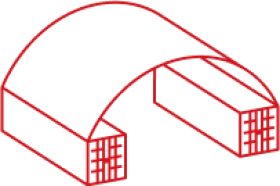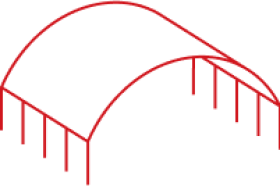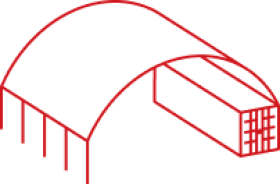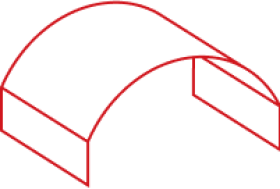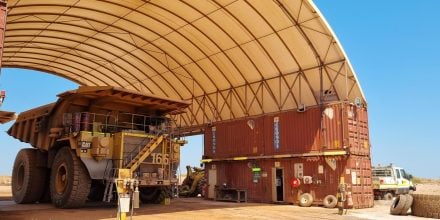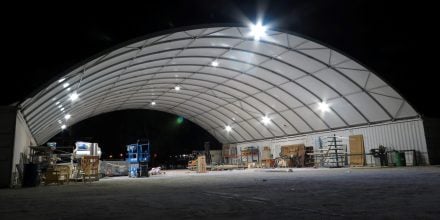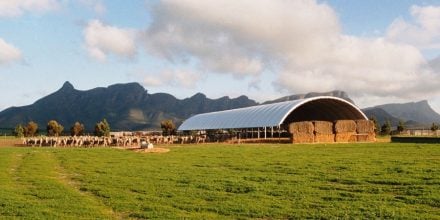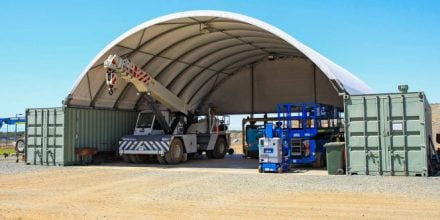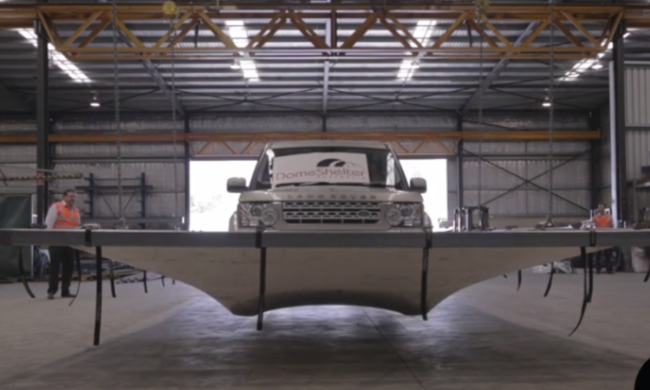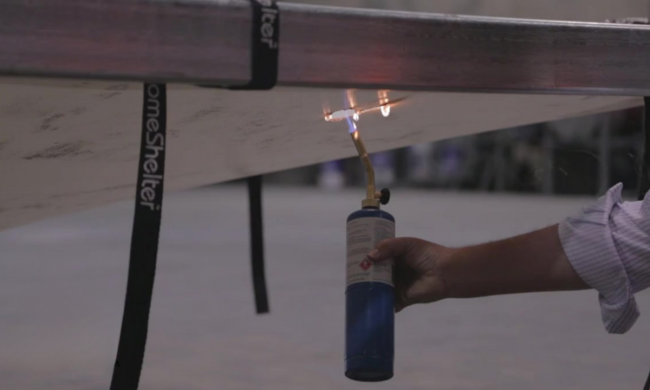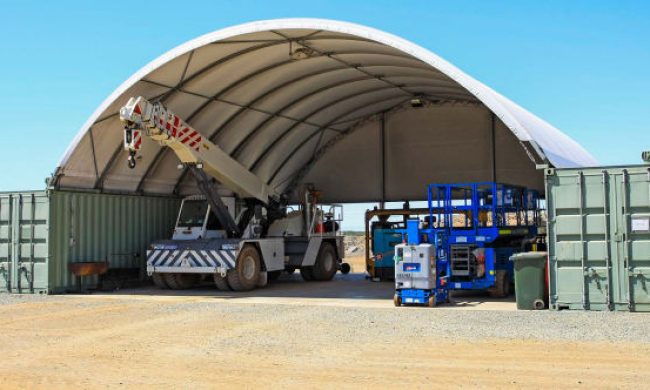TRANSCRIPT: You’ve likely heard of or seen Endwalls or maybe you’re just looking at options to add extra closure to you Fabric Structures. Endwalls are a great way to do this and perhaps you are exploring how much they actually cost.
My name’s Lavinia and today I’m going to run through the types of Endwalls typically available in the industry and how these are generally priced.
A lot of factors come into play here. Obviously, we’ve got the size. This makes a huge difference to the cost of your Endwall. Then you’ve got the engineering, the wind regions. There’s also a range of different types of Endwalls which we can go through shortly. And finally, you’ve got your customisations. Typically, there are around five standard Endwall varieties available. These include your full Endwalls, suspended partial Endwalls, column supported partial Endwalls, container supported full Endwalls and doorway opening Endwalls.
A full Endwall is a solid fabric wall with supporting steel posts that encloses the entire Structure on one end or both. This gives substantial protection against strong winds, dust, rain and UV as well as security and greater privacy.
Suspended partial Endwalls cover just the arch, providing extra protection against dust, UV rays and heavy rain while still allowing relatively unrestricted access.
Column supported partial Endwalls are similar to the suspended, only they have load bearing columns for structural stability.
Container supported full Endwalls cover the top arch also, but are mounted onto a third shipping container running perpendicular along the end of the Structure. This fully encloses that end of the Structure and is a great solution if you have that third container available.
Finally, is the doorway opening Endwall which is a full Endwall with a cutaway for door access.
These types of Endwalls will all typically range in price depending on the amount of steel work required, the engineering required and the amount of fabric.
In addition to the Endwall types available, there are a range of customisations available to make sure that they are fit for purpose for the customer’s needs.
Customisation and accessories can vary from supplier to supplier. This typically includes things like different cladding options, such as the tin cladding we used on the Boddington Gold mine job, or having a different colour material. We can also include louvers, which promotes airflow and decreases the pressure build up within the Structure.
A popular customization made by clients is often doorways. This promotes accessibility and these can include different types ranging from pre-hung personal access doors, hinge double doors, bifold doors, curtain doors, roller shutter doors and sliding doors.
As you can imagine, with such a varied range of types, sizes and customisations available, cost estimation is not always a straightforward process. The different use of materials, metal frames and the structural integrity of the Endwall can all be factors that drive the costs up or down, depending on the supplier.
The wind region of your Shelter can also lead to variability in Endwall pricing. An Endwall engineered and manufactured to withstand cyclonic winds will inevitably come at a greater cost than an Endwall located in an Australian Wind Region ‘A’ area.
It is also important that your Endwall is actually engineered to Australian standards for guaranteed structural integrity. The height of your Shelter will also impact the cost of your Endwall as greater heights will lead to further engineering. This is also the same as the footing requirements required as greater Shelters need greater engineering.
Cost may further vary based on your supplier.
DomeShelter Australia strives to offer the highest quality Fabric Shelter solutions with premium materials, intelligent engineering and manufacturing processes to ensure that every product is built to withstand the elements and pass the test of time. As a general rule, DomeShelter Australia’s Endwall pricing is similar to the price rate per square meter for the Shelters themselves, since both are constructed using similar materials.
As an example, a small suspended Structure in Wind Region ‘A’ would be the cheapest Endwall available starting at around $5,000. On a larger Structure however, a suspended Endwall is typically more expensive as it requires a lot more engineering and steelwork to bear the load.
DomeShelter Australia provides engineered solutions for the client designed to fit the Shelter configuration that works best for them.
Other suppliers may not offer fully customised solutions or include engineering for Endwalls, which can result in a poorly fitted and designed product once it gets on site.
Loose fitted Endwalls can result in premature wear and ultimately fail.
So it’s important to work with a company that prioritises attention to detail and the safety of your people and assets.
When browsing Endwalls, it’s important to measure cost discrepancies against the importance of fulfilling project requirements with an effective and safe product that is designed to last.
DomeShelter Australia uses high grade steel sections and manufactures here in Australia for Australian conditions and our Structures and Endwalls are Engineered to Protect.
This level of care and attention to detail comes with a higher price point, though we work hard to ensure our products are as cost effective as possible.
